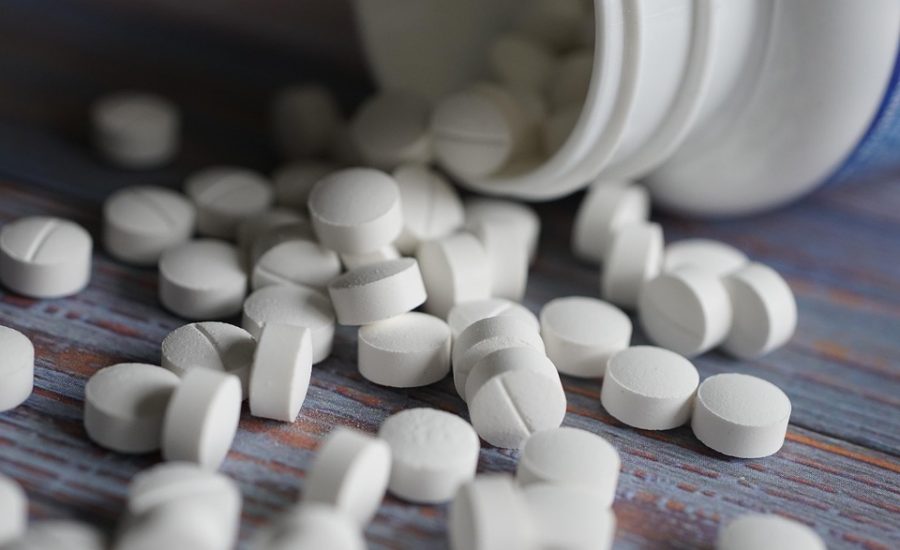Introduction
As the prevalence of diabetes and obesity continues to rise, GLP-1 (glucagon-like peptide-1) medications have emerged as a crucial part of treatment plans. These drugs are designed to help manage blood sugar levels and promote weight loss, making them popular among healthcare providers and patients alike. However, the cost of GLP-1 prescriptions can be a significant barrier for many. In this article, we’ll discuss affordable options for GLP-1 medications, the factors influencing their costs, and practical tips for managing expenses.
Understanding GLP-1 Medications
What Are GLP-1 Medications?
GLP-1 medications are a class of drugs used to treat type 2 diabetes and assist in weight management. They mimic the action of the hormone GLP-1, which targets insulin secretion, decreases appetite, and slows gastric emptying. Common GLP-1 medications include:
- Semaglutide (Ozempic, Wegovy)
- Liraglutide (Victoza, Saxenda)
- Dulaglutide (Trulicity)
- Exenatide (Byetta, Bydureon)
How Do They Work?
These medications play a multifaceted role in managing diabetes and weight, including:
- Stimulating insulin production: They enhance the body’s ability to secrete insulin in response to meals.
- Reducing appetite: They can help curb hunger, leading to fewer calorie intakes.
- Improving glucose control: By lowering blood sugar levels, they contribute to better overall health.
The Cost of GLP-1 Prescriptions
Factors Influencing Costs
Understanding the cost associated with GLP-1 prescriptions can help you navigate your treatment options better. Here are several factors that influence their prices:
- Brand vs. Generic: Most GLP-1 medications are available only in brand-name forms, which can be more expensive than generics.
- Insurance Coverage: Depending on your insurance plan, co-pays and deductibles can significantly affect out-of-pocket expenses.
- Pharmacy Pricing: Prices can vary widely between different pharmacies, so shopping around is often beneficial.
- Location: Medication prices may differ depending on your geographic location.
Average Costs
While costs can vary, here’s a general overview of what you might expect:
- Semaglutide (Ozempic): $900 – $1,000 per month
- Liraglutide (Victoza): $800 – $900 per month
- Dulaglutide (Trulicity): $800 – $900 per month
- Exenatide (Byetta, Bydureon): $600 – $700 per month
These costs represent averages and can fluctuate based on the factors mentioned earlier.
Affordable Options for GLP-1 Medications
If you’re concerned about prescription costs, consider the following options to make GLP-1 medications more affordable:
1. Patient Assistance Programs
Many pharmaceutical companies offer patient assistance programs that provide medications at low or no cost for eligible individuals. Research the specific program for the GLP-1 medication you are prescribed, as each program’s eligibility criteria may vary.
2. Prescription Discount Cards
Utilizing prescription discount cards can often reduce your medication costs significantly. Websites and apps offer these cards for free, allowing you to shop for the best prices at local pharmacies.
3. Insurance Review
Review your insurance policy to understand which GLP-1 medications are covered under your plan. Sometimes, switching to a better plan during open enrollment can save you money. Speak with your insurance representative to better understand your coverage options.
4. Choosing the Right Pharmacy
Prices can vary dramatically based on the pharmacy. Consider these strategies:
- Compare Prices Online: Websites like GoodRx allow you to compare prices across various pharmacies.
- Ask for Price Matching: Some pharmacies may match competitor prices if you can show them a lower price.
5. Seeking Alternative Treatments
In some cases, there are alternative medications that may be more affordable. Talk to your healthcare provider about possible substitutes that aim to provide similar benefits but at a lower cost.
Tips for Managing Prescription Costs
Utilize Health Savings Accounts (HSAs) or Flexible Spending Accounts (FSAs)
If available, HSAs or FSAs can be great tools for offsetting prescription costs. Contributions to these accounts are pre-tax, allowing you to use the funds for eligible medical expenses like prescription medications.
Monitor Your Mediations
Keep an eye on the medications you’re using and communicate with your healthcare provider about any changes in your health or finances. Adjustments to your treatment plan may reduce the cost burden.
Conclusion
Navigating the cost of GLP-1 prescriptions can feel daunting, but understanding your options empowers you to seek affordable solutions. By utilizing patient assistance programs, discount cards, and examining your insurance coverage, you can make informed choices that fit both your health needs and your budget. Always consult with your healthcare provider to find the best course of action for your unique situation. Together, you can work towards an effective treatment plan without the financial strain that comes with it.
Final Thoughts
Affordable healthcare is attainable. Awareness and proactive measures can help ensure that necessary medications, such as GLP-1 prescriptions, are within reach. Take the first step today in your journey toward better health without compromising your financial stability.









 Weight Loss, Unlocked.
Weight Loss, Unlocked.